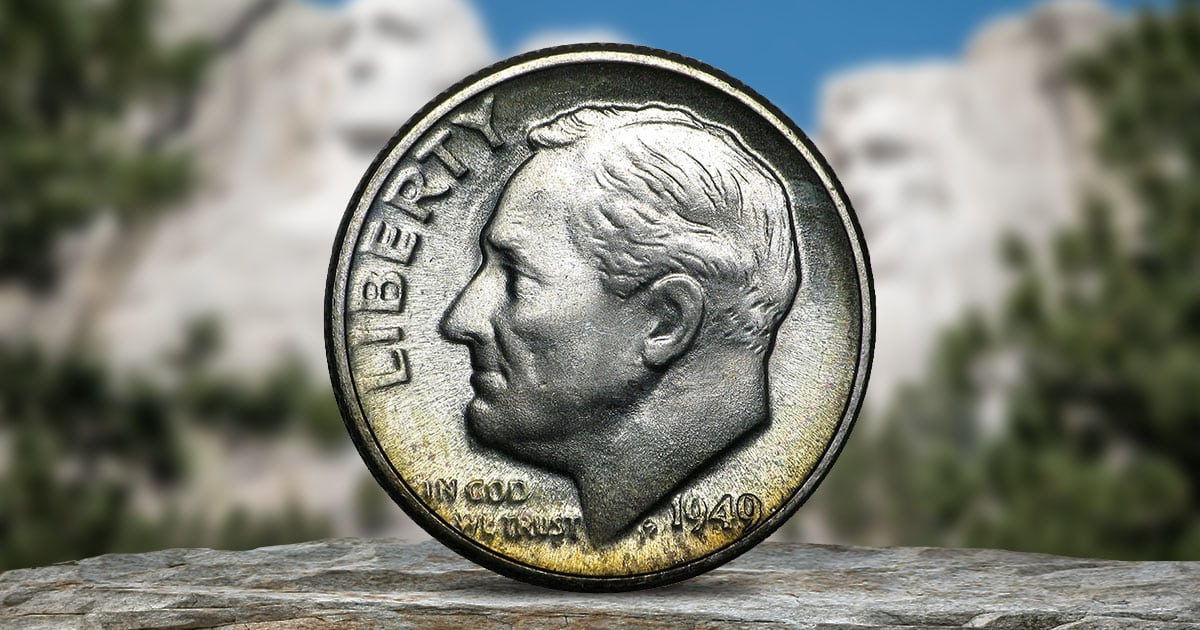
Is My Black Dime Worth More Than My Other Dimes?
Your black dime could be worth more than its face value, depending on the year of issue and its Sheldon grade. This dime is unlikely to derive any value from its color, and the color is more likely to detract from its value than it is to add to it.
Some collectors find toned coins attractive, and toned coins can sell for more than untoned coins. While there are plentiful examples of toned coins appreciating, a black dime is not likely to be one of them.
Dark toning is typically seen as unfavorable and generally detracts from the potential selling price of a coin.
What Causes Dimes to Turn Black?
While there could be other causes, the most probable is that chemical reactions cause the cupro-nickel of your dime to corrode.
Other chemical reactions that could cause a dime to turn black include other environmental elements, like exposure to moisture, extreme cold, or intense heat. Storing your dime in paper envelopes or PVC plastics, as well as contact with strong caustic chemicals, can also cause it to turn black.
How Can I Keep My Other Dimes Safe from Discoloration?
Keep other dimes in your coin collection safe from corrosion by using the following steps:
- Store your coins in a dry, cool environment free from heat and humidity.
- Consider keeping your coins in an inert Mylar, polyethylene, or Intercept container to minimize exposure to sulfur and other chemicals that cause discoloration.
- Avoid storing your coins in PVC plastic containers or in paper envelopes. Both can release chemicals that advance corrosion and cause discoloration.
If you have started to collect coins, keeping a vigilant eye out for toned varieties, especially rainbow-toned coins, can pay dividends.





